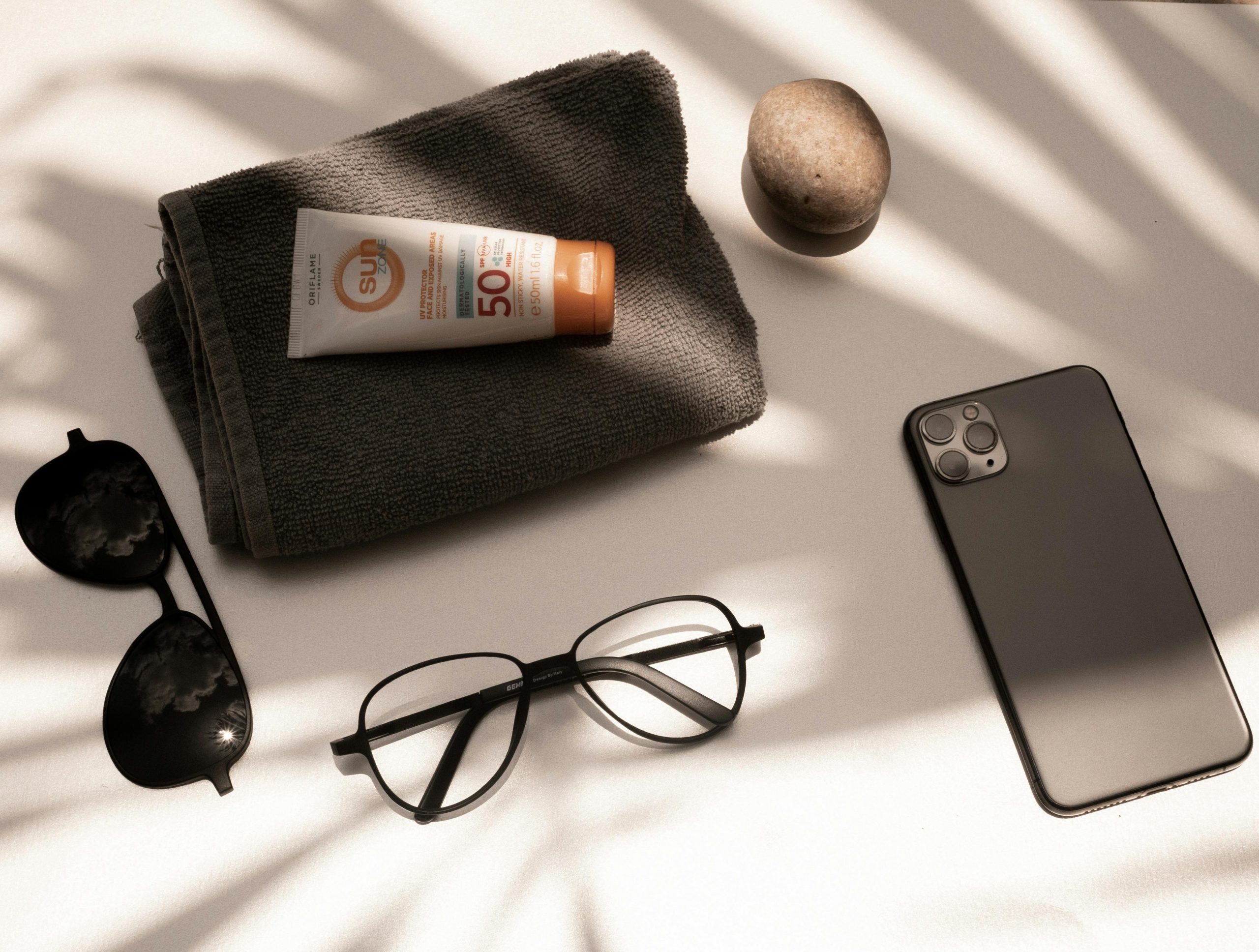Sunscreen Buying Guide: How to Choose the Best One for Your Skin

Using sunscreen daily is essential for protecting the skin from harmful UV rays, which cause premature aging, sunburn, and increase the risk of skin cancer. Even on cloudy days or indoors, UVA rays penetrate through windows, contributing to wrinkles, dark spots, and loss of skin elasticity. Sunscreen also helps prevent hyperpigmentation and protects against blue light from screens, which can lead to skin damage over time. Regular use maintains healthy, youthful skin by reducing environmental damage and keeping the skin barrier strong. By applying sunscreen every morning and reapplying as needed, you ensure long-term skin protection and overall skin health. That’s why this Sunscreen Buying Guide for you all of my lovely viewers!
Sunscreen Buying Guide: How to Choose the Best One for Your Skin
1. Check the SPF Rating
- SPF 30–50: Ideal for daily use. SPF 30 blocks ~97% of UVB rays, while SPF 50 blocks ~98%.
- SPF 50+: Recommended for prolonged sun exposure or sensitive skin.
2. Look for Broad-Spectrum Protection
- UVA Protection: Prevents premature aging and wrinkles.
- UVB Protection: Prevents sunburn and skin cancer.
- Ensure the sunscreen has “broad-spectrum” on the label.
3. Choose the Right Formula for Your Skin Type
- Oily/Acne-Prone Skin: Look for “oil-free,” “non-comedogenic,” or gel-based formulas.
- Dry Skin: Choose a hydrating formula with ingredients like hyaluronic acid or glycerin.
- Sensitive Skin: Go for mineral sunscreens with zinc oxide or titanium dioxide (avoid oxybenzone and fragrance).
- Combination Skin: A lightweight, hydrating formula works best.
4. Select Between Mineral vs. Chemical Sunscreens
- Mineral Sunscreen (Physical):
- Contains zinc oxide or titanium dioxide.
- Sits on the skin and deflects UV rays.
- Better for sensitive skin but can leave a white cast.
- Chemical Sunscreen:
- Absorbs UV rays and converts them into heat.
- Lightweight and blends easily into the skin.
- Common ingredients: Avobenzone, oxybenzone, octinoxate.
5. Water-Resistance Matters
- If you sweat or swim, choose a water-resistant sunscreen (40-80 minutes of protection).
6. Check for Additional Features
- Tinted Sunscreen: Helps even skin tone and reduce white cast.
- Antioxidants: Protect against free radicals (e.g., vitamin C, E).
- Matte Finish: Ideal for oily skin to prevent shine.
- Eco-Friendly: Reef-safe options avoid oxybenzone and octinoxate.
7. Application Tips
- Use Enough: Apply a nickel-sized amount for the face and a shot glass amount for the body.
- Reapply Every 2 Hours: Especially after swimming or sweating.
- Apply 15 Minutes Before Sun Exposure for best absorption.
8. Recommended Sunscreens
- Best for Daily Use: La Roche-Posay Anthelios Melt-In Milk SPF 60
- Best for Oily Skin: EltaMD UV Clear SPF 46
- Best for Dry Skin: CeraVe Hydrating Sunscreen SPF 30
- Best Mineral Sunscreen: Blue Lizard Sensitive SPF 50
- Best for Sports/Water Activities: Neutrogena Beach Defense SPF 70
So according to this sunscreen buying guide chose the right sunscreen for maintaining healthy, protected skin. Whether you have oily, dry, or sensitive skin, selecting a broad-spectrum SPF 30+ sunscreen suited to your needs ensures effective protection against UV damage, premature aging, and skin cancer. Daily use, even on cloudy days or indoors, helps prevent sunburn, hyperpigmentation, and long-term skin issues. By applying and reapplying sunscreen regularly, you can enjoy radiant, youthful skin while safeguarding your overall skin health. Prioritize sun protection as a daily habit, and your skin will thank you in the years to come!